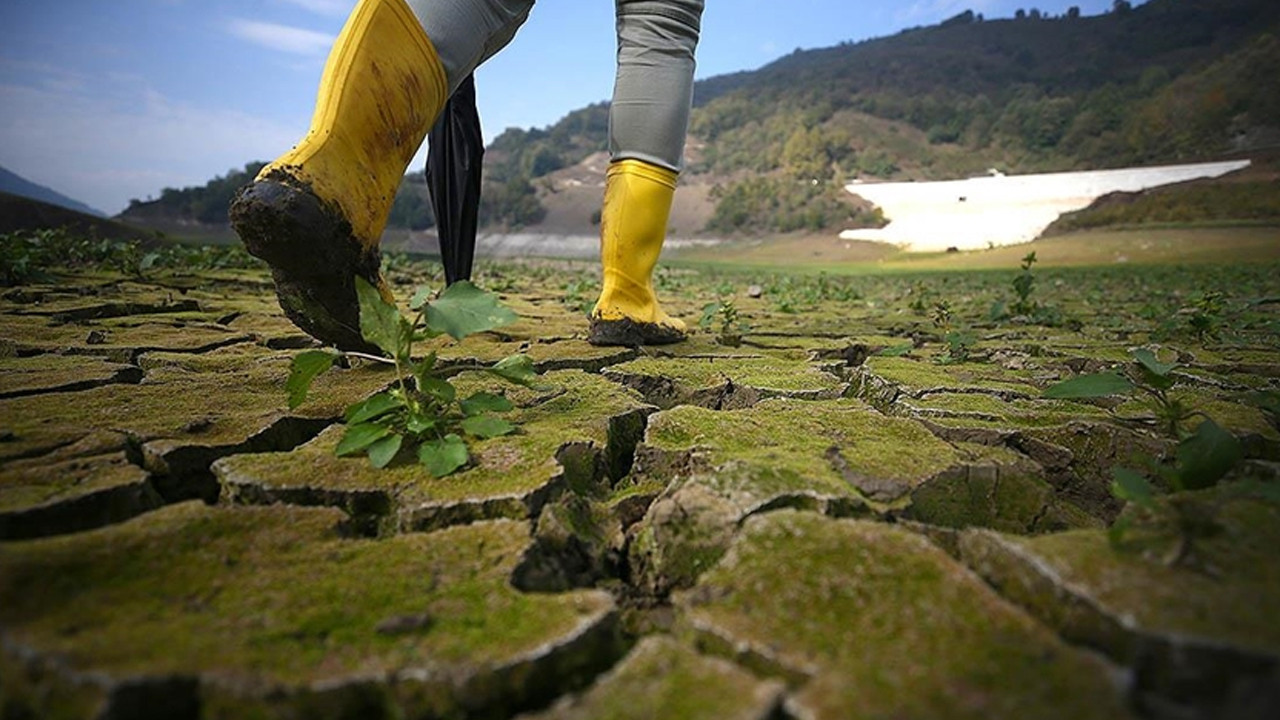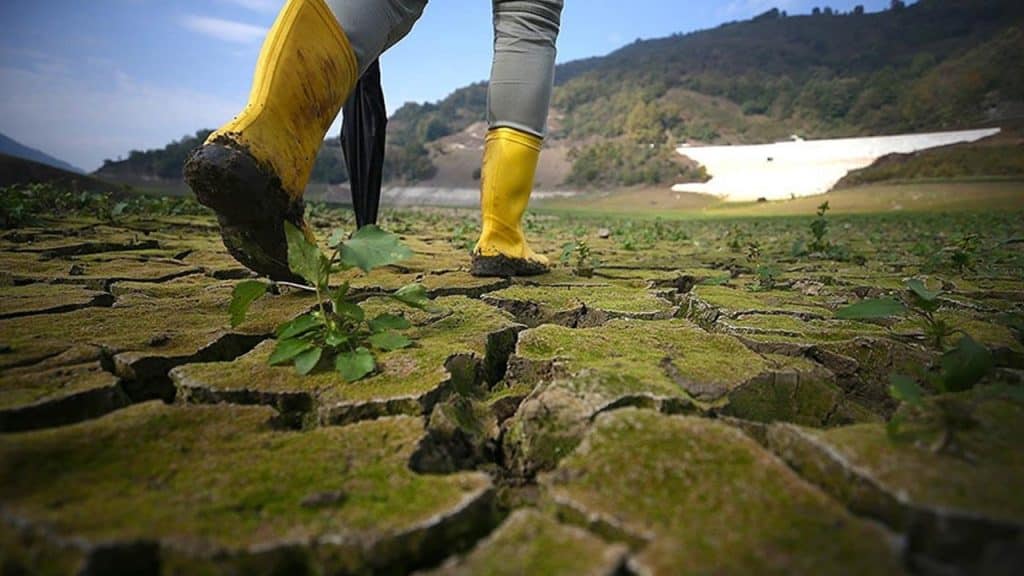
According to the information compiled by AA correspondent from the international aid and development organization Christian Aid’s report titled “The Cost of 2022: The Year the Climate Collapsed”, each of the 10 most costly climate disasters this year caused economic damage of more than 3 billion dollars. It is estimated that the real costs of climate disasters will be higher as these costs are calculated only according to the losses covered by insurance. It is seen that the climate disasters with the highest economic costs are more common in developed countries with high insurance coverage. On the other hand, in developing countries, which are much less affected by climate change compared to developed countries, the costs covered by insurance are low. Accordingly, while the economic cost of Hurricane Ian, which affected the southern coasts of the USA and Cuba in September, reached at least 100 billion dollars, it is calculated that more than 40 thousand people were forced to migrate due to the hurricane. Although the economic cost of the floods in Pakistan between June and September is 30 billion dollars according to the World Bank estimates, the cost covered by the insurance is at least 5.6 billion dollars. At least 7 million people were displaced by the floods in Pakistan and over 1,700 people lost their lives. The costs caused by the heat wave and drought, which are effective in the UK and Europe in the summer months, are at least 20 billion dollars, and the cost of the floods in China in the summer is calculated as 12.3 billion dollars. Due to floods in China, 239 people were displaced. Drought in China and Brazil lasted all year It is estimated that the cost of the floods that occurred in Australia in February-March was at least 7.5 billion dollars and forced more than 60,000 people to leave their homes. Again in February, the economic damage of Storm Eunice, which showed its effect in Europe and the United Kingdom, exceeded 4.3 billion dollars, and 16 people died due to the storm. Hurricane Fiona, which affected the Caribbean and Canada in September, also caused economic losses of at least $3 billion in two weeks. The hurricane displaced 13,000 people and killed 25. The flood disaster in South Africa in April caused 40,000 people to be displaced and 459 people to die, as well as causing an economic cost of at least 3 billion dollars. The economic damage of the year-round drought in China and Brazil was calculated as at least 8.4 billion and 4 billion dollars, respectively. Disasters reveal the severity of the climate crisis The report also includes many climate disasters whose calculable economic losses are not in the top 10, but whose humanitarian impacts are high and have reached alarming proportions in terms of climate crisis. Due to the West African floods that affected Nigeria, Cameroon, Mali and Niger, 600 people died and 1.3 million people were displaced. 1 million people fled their homes due to the Sitrang Cyclone in Bangladesh. While the drought in the Horn of Africa is estimated to have affected 36 million people, 850 thousand people had to be displaced due to the tropical storm in the Philippines and 70,000 people due to the floods in Malaysia. Floods in Brazil also displaced 1,400 people. Extreme heat waves in India and Pakistan, storms in southeast Africa, and extreme heat waves in Chile, the Arctic and Antarctic also stood out as disasters that revealed the effects of the climate crisis. “Without a major reduction in emissions, human and financial costs will continue to rise” In his assessment of the report, Christian Aid Chief Executive (CEO), Patrick Watt, stated that the disasters, each costing at least 3 billion dollars, show the bill of not taking action against the climate crisis, “Behind the dollar figures is the story of the loss and suffering of millions of people. Without the reductions, this human and financial cost will only increase even more.” said. Noting that the human cost of climate change is seen in the houses destroyed by the floods, the loss of life caused by the storms and the livelihoods damaged by the drought, Watt said, “This year has been quite devastating in this respect, especially if you are among the people living on the frontline against the effects of the climate crisis.” used the phrase. Mohamed Adow, Africa Director of Power Shift, a climate and energy think tank headquartered in Kenya, pointed out that the climate crisis has had an impact regardless of flood, drought, extreme hot weather or cyclone, and made the following assessment: “Why do these disasters occur urgently in 2023? and proof of the need for more ambitious action.There is a need to phase out fossil fuels, accelerate renewable energy installations, and further support those vulnerable to the climate crisis.For example, in Africa, the people least responsible for the climate crisis are those who suffer the most. Therefore, 2023 should be a year of awakening for everyone and the world should turn in the right direction.”
A professional writer by day, a tech-nerd by night, with a love for all things money.

